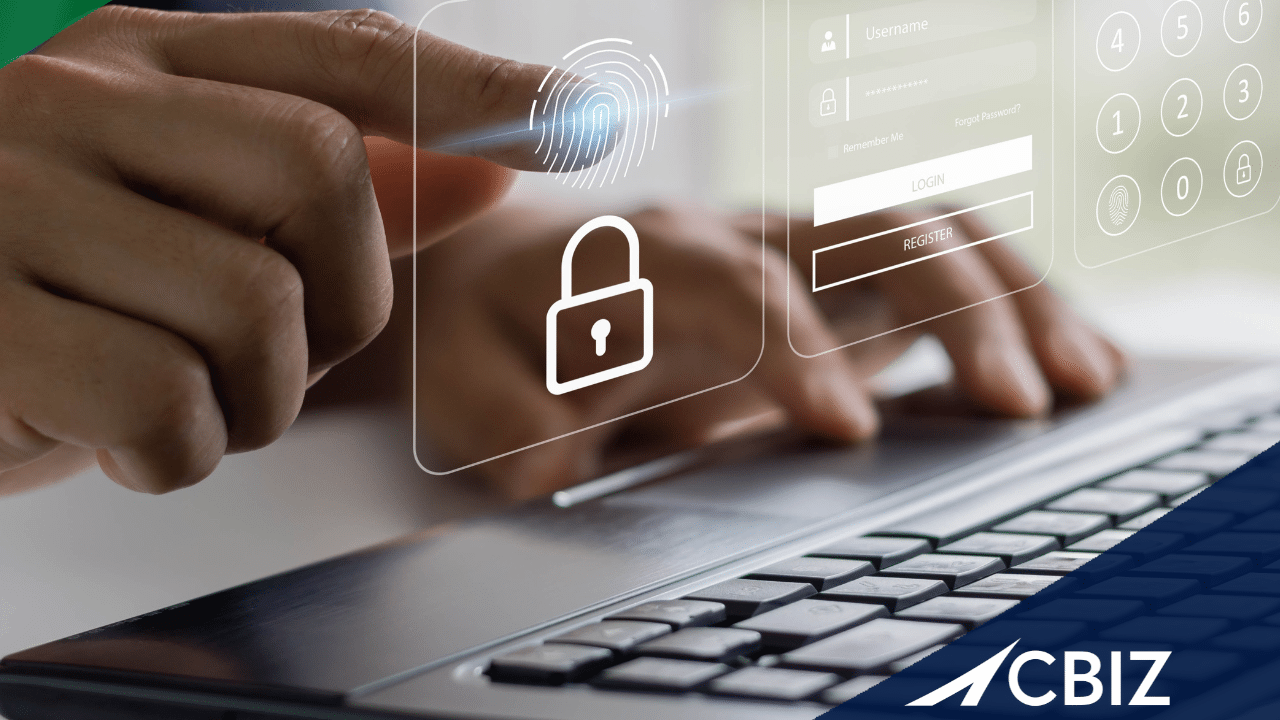
With the increasing sophistication of cyber threats, traditional password-based authentication often falls short in protecting against data breaches and unauthorized access. This is where passwordless authentication comes into play, revolutionizing the way businesses safeguard their information and user accounts. Below we delve deeper into the realms of going passwordless and explore why businesses should consider implementing this authentication method to enhance security measures.
What is Passwordless Authentication?
As the digital landscape continues to evolve, the future of authentication lies in a world without passwords. Passwordless authentication is a security method that eliminates the need for traditional credentials in the user logon process. Instead of the typical username and password combination for logging in, this approach enables users to access their accounts through alternative, more secure methods. This type of authentication process leverages modernized technologies such as biometrics, hardware keys, one–time passcode, and one–time authenticator pushes. You might already be familiar with this concept if you’ve ever used facial recognition to unlock your phone; that’s a prime example of passwordless authentication.
Types of Passwordless Authentication:
Biometrics: Biometric authentication is one of the most common ways to implement passwordless authentication. This form relies on unique physiological characteristics to verify a user’s identity, some typical examples include facial ID, fingerprints, and eye scans.
Hardware: Hardware-based authentication utilizes physical tokens or security keys as a means of authenticating users, such as a smart phone, access badges, FIDO2 keys, etc.
One-Time Access: One-time access provides users with a single-use URL, password, or code that grants access to a specific system or application. These have short expiration windows and can only be used a single time.
Why should you use Passwordless Authentication?
Now that we’ve uncovered what passwordless authentication is, let’s explore the compelling “why” behind its adoption. Traditional passwords pose a multitude of security risks, ranging from phishing attacks and brute force attempts to vulnerabilities posed by weak or easily accessible passwords jotted down on sticky notes. These are just a few of the entry points that malicious actors can exploit to gain unauthorized access.
In contrast, passwordless authentication methods are inherently resistant to phishing, as there’s no way for you to accidentally send someone your biometric data. Similarly, methods that involve a push notification to a mobile device require physical possession of the phone to complete the login process. This added layer of security ensures that only authorized users can access their accounts. By removing traditional passwords from your environment, you can ultimately strengthen your corporate password hygiene. This eliminates the burden placed on end-users to meet complex password requirements and, instead, facilitates the use of inherently secure authentication methods. Embracing passwordless authentication enables you to effectively mitigate the risks associated with traditional passwords and create a more secure and seamless user experience.
Is Passwordless Authentication Safe?
By now, you might be asking the question: Is passwordless authentication truly safe? Well, the answer depends on how you define “safe.” If safety to you means a vastly enhanced level of security, reduced susceptibility to hacking, and heightened resilience against phishing attempts, then the answer is a yes – passwordless authentication is safe.
However, if your notion of safety is an absolute 100% impenetrable solution, then, like many aspects of cybersecurity, it falls short. The reality is that in the realm of digital security, nothing is entirely invulnerable, and everything can potentially be hacked.
Nevertheless, these innovative authentication methods play a pivotal role in minimizing the attack surface and are naturally resistant to phishing attacks. When combined with robust logging practices and advanced access policies designed to identify and address risky login attempts, the attack surface is significantly reduced. This comprehensive approach will enhance your overall security and create a significantly more resilient system for your business.
How it Works:
So, you decide you want to go passwordless, how do we make it happen? Similar to any well-structured IT project, it requires strategic planning. Some key areas to focus on are:
- Identifying all the business applications and determining which are capable of going passwordless.
- Choosing a method that integrates well with the targeted applications and the user base.
- Identify methods for testing and user acceptance.
- Slowly transition targeted applications towards passwordless and away from password login.
- Highlight legacy applications that will need traditional login methods and identify a strategy to appropriately secure them.
How CompuData can Help:
While implementing passwordless authentication might seem like a daunting task, partnering with a trusted IT company equipped with the necessary security expertise and extensive resources can significantly alleviate these concerns.
CompuData’s team of experts can help guide you through the process of integrating passwordless authentication seamlessly into your organization. From initial assessment to final implementation, our tailored approach ensures a smooth and secure transition, empowering your business to embrace the future of password security.
To learn more about how CompuData can help your business embrace the future of password security, email us!


